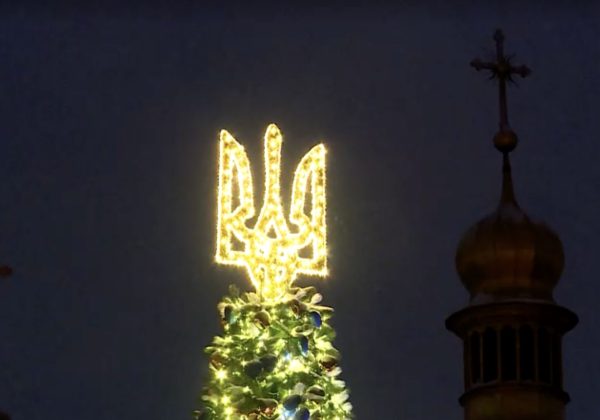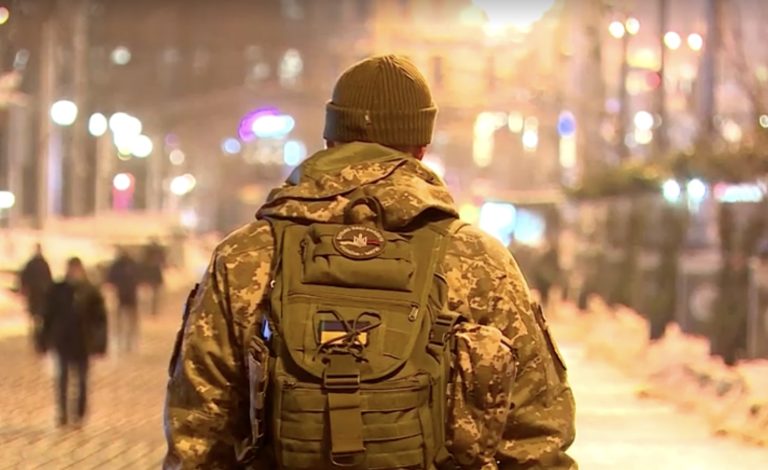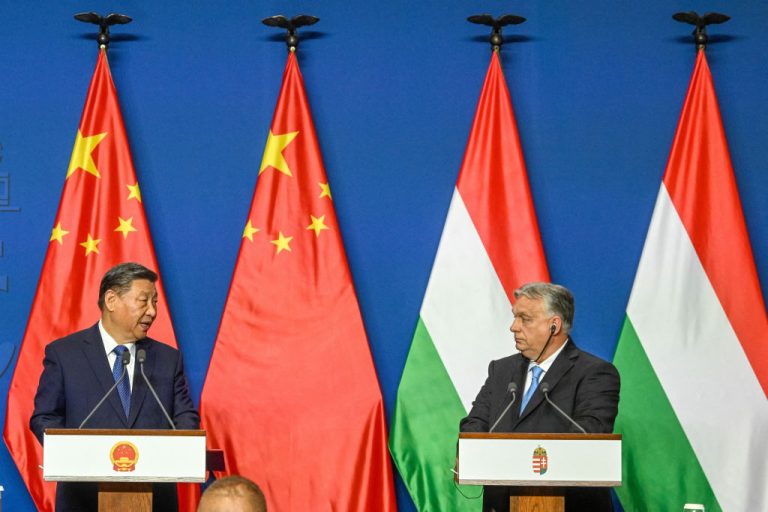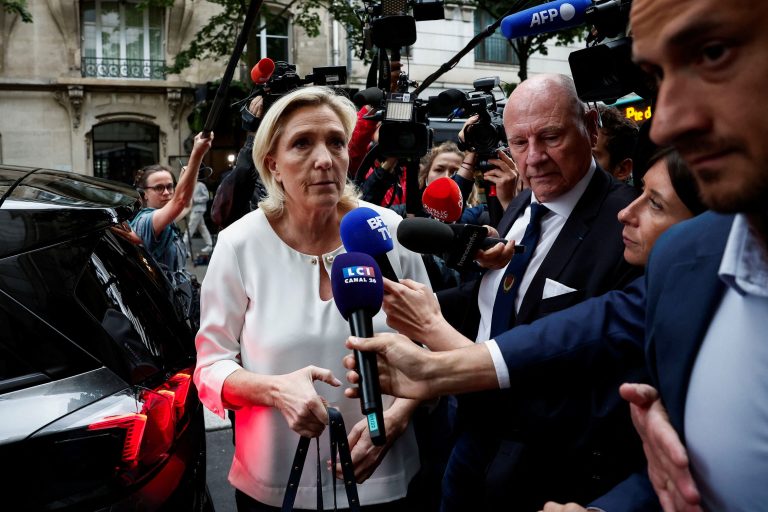By Ivan Lyubysh-Kirdey
KYIV — A Ukrainian army proposal to conscript up to 500,000 more civilians has produced mixed feelings in Kyiv, with many people saying more troops are needed to fight Russia but some suggesting it is pointless unless they get more weapons.
President Volodymyr Zelenskiy announced the army’s proposal on Tuesday, Dec. 19, but said he had not yet decided whether to back it.
Such a move would be intended to help replenish exhausted Ukrainian forces nearly two years into Russia’s invasion, but could risk a backlash from the public.
Ukraine does not provide details of current troop numbers but has previously said it had around 1 million people under arms. Russia has expanded its army since it launched its “special military operation” in February 2022, and said it plans to increase the armed forces to 1.5 million.
Success
You are now signed up for our newsletter
Success
Check your email to complete sign up
Anton Hrushetskyi, executive director of the Kyiv International Institute of Sociology, said closed polling data showed more than 65 percent of Ukrainians would strongly support or rather support a significant further mobilization.

But he told Reuters the figure could be skewed by people wanting to give a “socially desirable” response in wartime.
Oleksandr, 27, a serviceman who declined to give his surname, welcomed the idea of a big mobilisation, saying frontline positions were thinly defended.
He told Reuters the army reserves should be strengthened as people fear being conscripted, assuming they would automatically be sent to hotspots.
“Most people are afraid now because they don’t understand [the situation]. They think they will join the forces and be killed instantly or tortured. Nothing of the sort goes on,” he said on Wednesday, Dec. 20, in the Ukrainian capital.
Questions over morale, foreign assistance
Ukraine, which imposed martial law after Russia invaded, has been regularly drafting people into the army throughout the war.
The process is done largely out of view although some social media videos have shown draft officers handing out call-up papers on the street, at metro stations or at gyms, and in some cases using force against those who resist.

Rafael, a 40-year-old sculptor who declined to give his surname, said forcibly conducting a large-scale mobilization could badly affect morale on the front lines.
“People’s motivation is dying. If some are forced to fight against their will, our army won’t be as [motivated] to fight,” he said.
Tetiana, a 37-year-old office worker, said a more important matter than manpower was securing more military and financial assistance from abroad.
“I think [mobilizing people] won’t be enough [to win the war]. We need the support of the West, the United States. Our soldiers will not suffice,” she said.
Assistance packages totalling more than $100 billion from the United States and European Union have been held up by political concerns abroad.
“This [mobilization] won’t help the cause. There is no point in mobilizing huge amounts of people, and then leaving them without equipment,” said serviceman Denys, 21.

He said Ukrainian authorities were not spending enough money on weapons.
The military has not commented on Zelenskiy’s statement about mobilization. The military and government have been discussing ways to improve mobilization for weeks.
On Monday, army chief Valeriy Zaluzhnyi criticized a decision by Zelenskiy to fire the heads of the regional military draft offices this summer, describing them as “professionals” who were now gone.
He said the mobilization program did not need to be strengthened, but should be returned to the model that worked for the first phase of the war.
Additional reporting by Stefaniia Bern; writing by Tom Balmforth, editing by Timothy Heritage.







